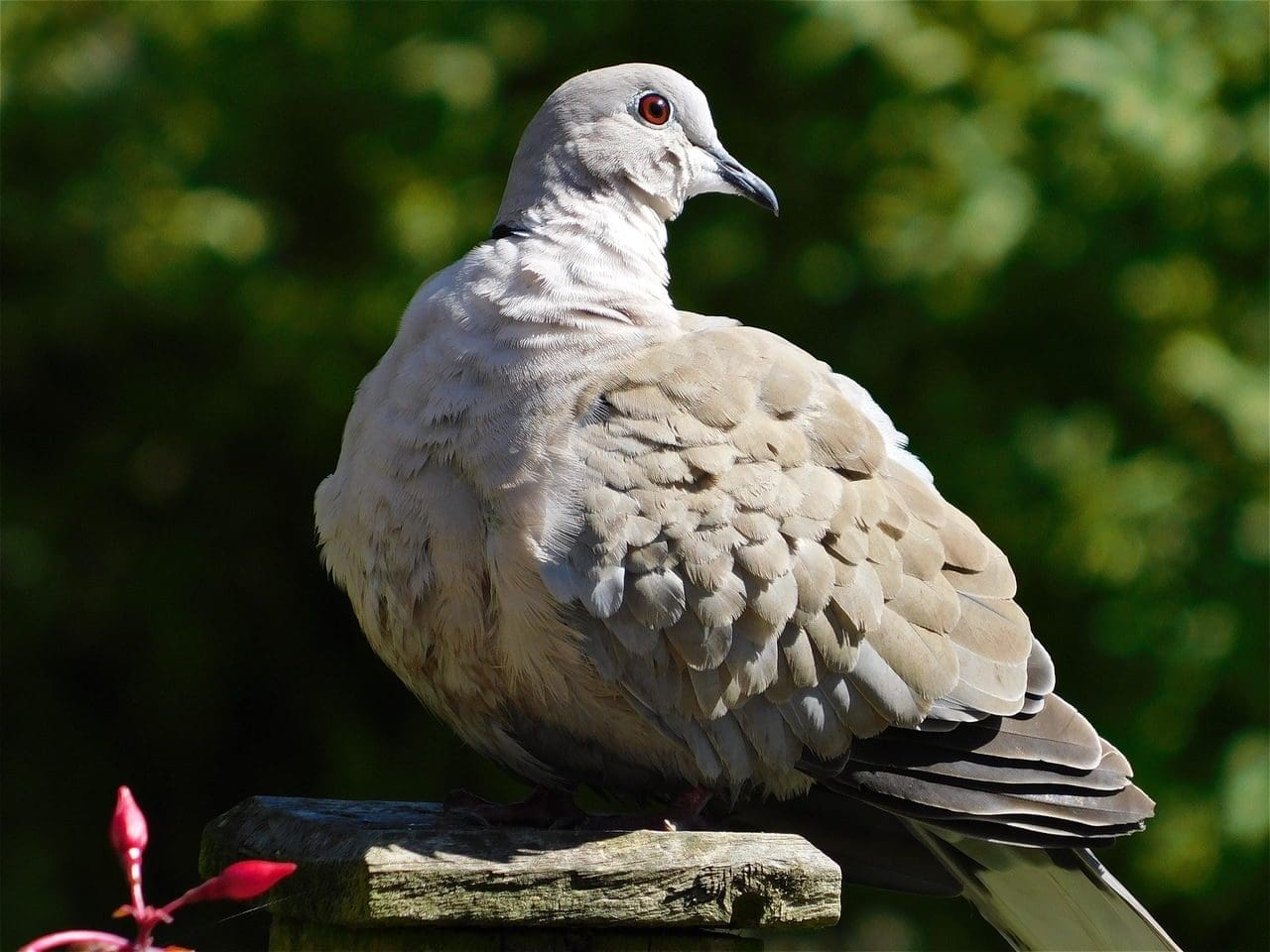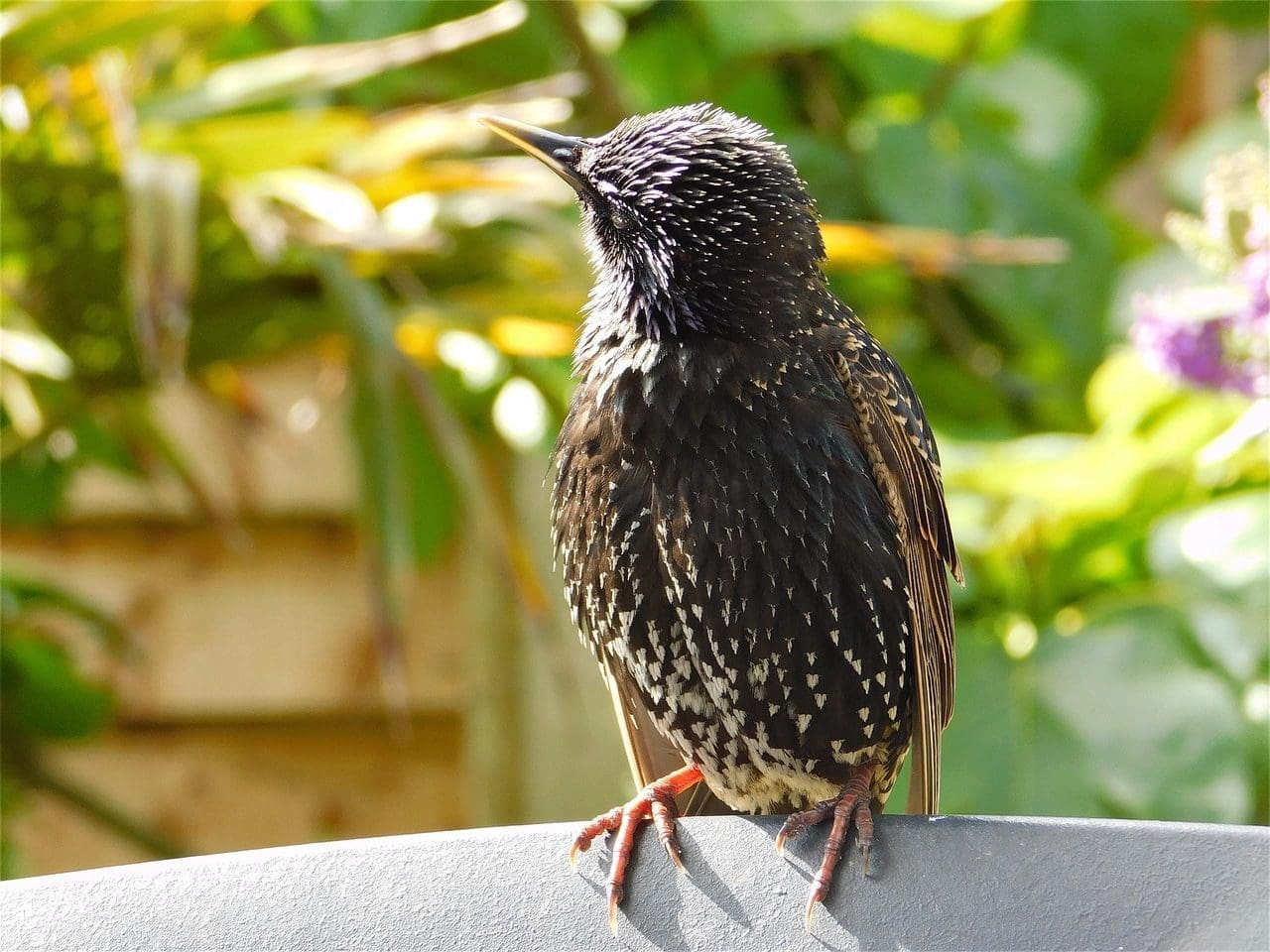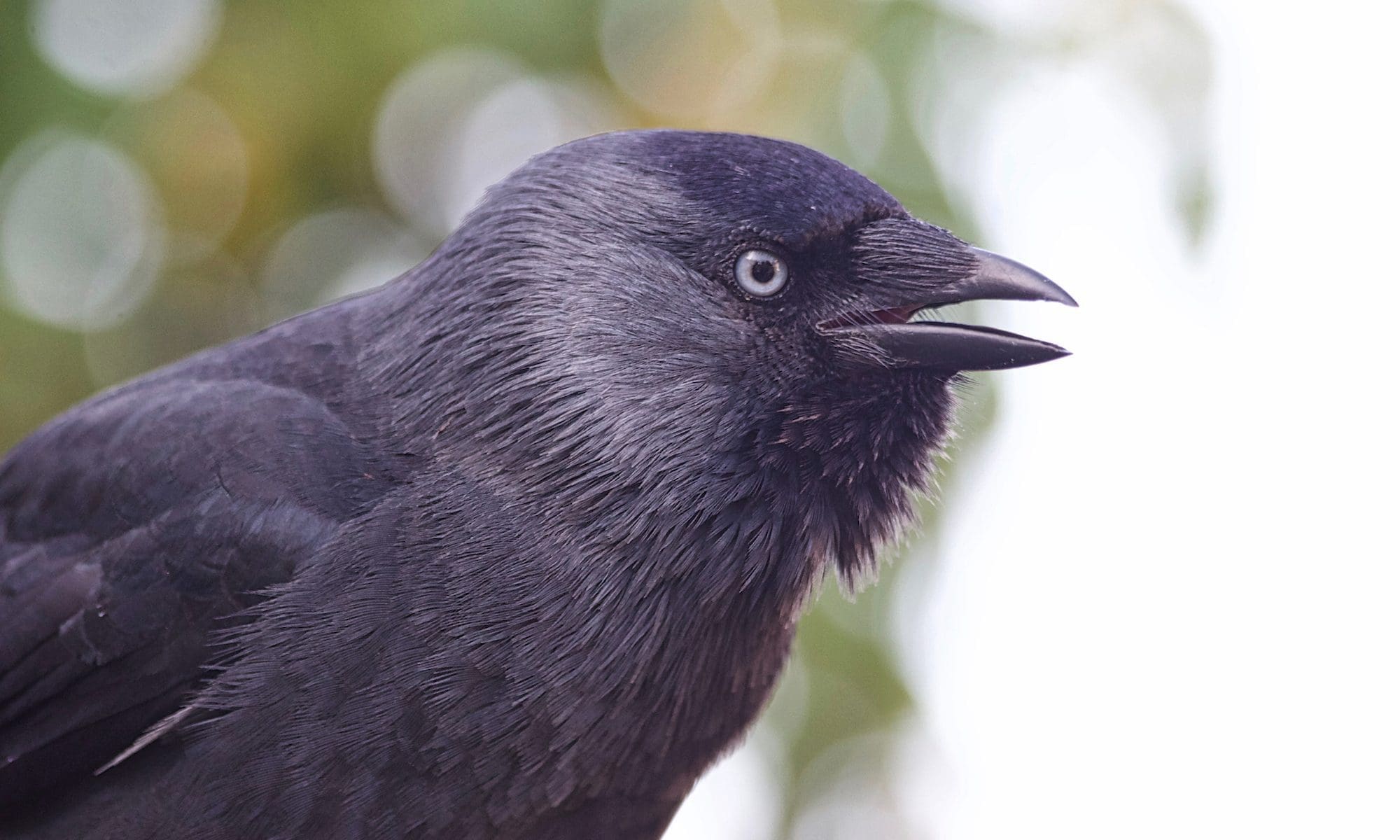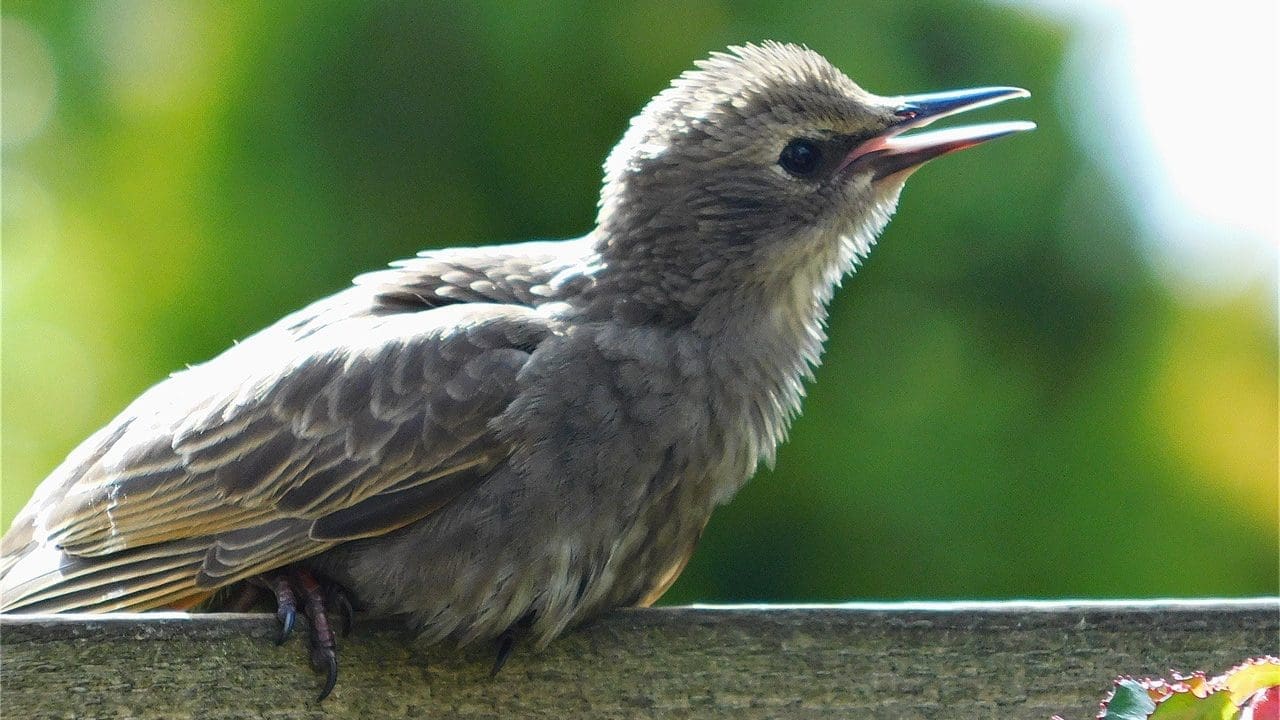Birds often strike windows because they see a reflection of clouds, sky or trees, which gives the mistaken impression that they are flying into open air. Window collisions are usually worse in spring and autumn during migration time, with birds flying through less familiar territory. Having said that, window strikes can happen at any time of the year. Juvenile or unexperienced birds are also prone to accidents of this kind. However, the good news is that window strikes are almost always preventable. Here is a collection of preventive measures, which are worth considering when dealing with a window strike problem.
Different Methods to Reduce Window Reflections
A simple and very effective measure is to cover the affected windows. This can be done with netting, bird screens or other approved BirdSafe© products. These products will allow you to see through, yet keep the windows from having reflections. Roll down sunshades will also help reduce collisions.
There are also commercial solutions available, which will be applied directly to the window glass. They cover the whole window and are available as window films coming in different patterns from for example CollidEscape© or Solyx© , which can be applied to the outside of a window. CollidEscape© is a transparent film which adheres to the exterior surface of a window, and allows ample light to pass through to the interior, while reducing the window’s exterior reflectivity and transparency.
Specifically designed tapes, which only cover small portions of the window, like for example ABC Bird Tape from CollidEscape©, can be used as well. This tape can be applied as a pattern of vertical lines directly to the window glass. This type of tape is translucent, meaning it lets light through, but does still provide enough of a visual barrier to stop birds flying into the window.
Instead of tape, one can also use attractive and decorative window decals, which fulfil a similar purpose. There are many different kinds of window decals available, which can be applied directly, ideally to the outside of the window. These commonly come in the outline form of a bird of prey or other bird species silhouette like swallows or swifts. The actual shape or bird species appears to be irrelevant. One can use bird silhouettes, butterflies, simple dots or any other decorative elements. The important point is that window areas are readily covered with decals as birds might become tempted to fly through a wide enough gap between two decals.
Here a three important tips provided by the Fatal Light Awareness Program (FLAP Canada):
- Use multiple decals; create a pattern that covers the window uniformly. Elements arranged in columns should be four inches apart. Elements placed in rows should be two inches apart. This is often called the 2 x 4 Rule.
- Elements should be at least one-eighth inch in width and should contrast as much as possible with the window pane.
- Patterns can be placed on the inside or outside of a window that is transparent. If it is reflective, the pattern must be applied to the outside.
Feather Friendly© DIY Tape is another system where small white markers are transferred from the tape to a window’s exterior, leaving an attractive, unobtrusive grid of dots that make the glass visible to birds.
There is also obviously the option to get creative by yourself by using UV paint pens or Tempera paint stencils. Long-lasting and rainproof tempera paint can be applied with a brush or sponge. As birds can see UV light, UV paint pens or even white glass marker pens can be used to draw vertical lines onto the window glass about 4 inches apart, which will deter birds flying into windows. Decals, liquid and specially coated glass that reflect ultraviolet light, which birds can see but humans can not, have also proven efficient.
Birds tend to avoid strings and cords on windows, like curtains of nylon cords or monofilament lines, which are being hang over a window’s exterior. Nylon or monofilament lines can be installed three inches apart and five inches from the exterior of a window or sliding-door side panel. Birds can see the lines and will avoid them, while the space between the lines and glass gives birds that touch them a chance to spread their wings and brace themselves.
Another option are Ascopian Bird Savers©. They can be purchased or easily homemade. They consist of one-eighth-inch-diameter nylon cords that dangle about four inches apart in front of a window’s exterior, where they are visible to birds, which will avoid them.
Suncatchers can provide an obstruction to view so that the birds are less tempted to fly on in. A beautiful looking suncatcher with crystals will spread its reflections over a wider area.
Architectural Problems
A common problem are windows, which are oriented in a way that, from the outside, there is a clear view through the house and to another window looking to the outside. A bird may see this as a clear flight path. This can be changed simply by putting up a shade on the one window, or closing a door or similar obstruction which breaks the open view.
Bird Feeder Location
The position of bird feeders can also pose a significant risk, where birds, in particular when they get startled, may built up sufficient speed to injure themselves badly when hitting a window. Bird feeders should be positioned either further back in the garden or up close within 2 or 3 feet of a window. By placing the feeder up close, birds come in at a lower speed and are less likely to get hurt during escape. By placing the feeder further away (20 feet or more), the bird has more room to manoeuvre, when trying to escape.
House Plant Arrangement
The position of house plants, and there reflection in a window, may also play an important role in window strikes, as they can be mistaken as a safe shelter or hiding place. Moving large houseplants away from windows where strikes are commonly occurring will reduce this risk.
Light Pollution
Internal but also external lights may also create hazards to birds, in particular during migration time, where birds can get attracted towards a light source or illuminated window. Birds may also get blinded by bright street or house lights. Turning off unnecessary lights overnight every night, and in particular during migration season, will make a big difference. Please ensure that all exterior lighting is properly shielded and aimed down. Warm LED lights are preferable (under 3,000 Kelvins). Please make sure you are not over-lighting. The wattage of exterior lamps should be chosen carefully and ideally lights should be controlled by motion sensors.
Please note that this collection of preventative measures is not thought to be exhaustive but should provide a good starting point. There is also no guarantee that suggested measures will completely eliminate window strikes. All product and company names are registered trademarks of their respective holders. Use of them does not imply any affiliation or endorsement.
Related







